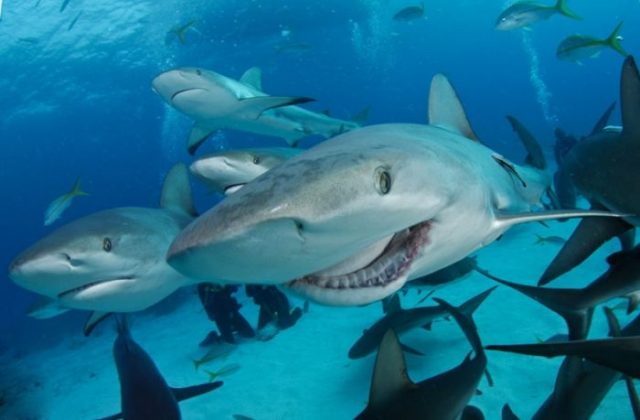Shark watching is one of the main attractions of the Cocos Marine Conservation Area. In fact, this is the practice that attracts 77% of its visitors. The activity has generated a whole chain of economies. An average tourist stays 10 days on boats when visiting Cocos Island, once there he/she decides which services to hire for recreational tourism and which items to buy, which generates consumption of local products.
Specifically, live sharks generate up to US $ 14 million annually for the country and the Cocos Marine Conservation Area. This is how 14 species of this animal are protected, such as: hammerhead, silky, fox, tiger, white-tipped reef and whale.
Maintaining healthy shark populations

“Maintaining healthy shark populations is crucial in economic terms. It has been estimated that tourism associated with the observation of live sharks generates annual profits of up to 45 times more than what is generated by the sale of their meat. In other words, live sharks are much more valuable both in ecological and economic terms”, explained Gina Cuza, regional director of the Cocos Marine Conservation Area.
According to a study by the International Center for Economic Policy for Sustainable Development (CINPE) of the National University (UNA), the Marine Area for Seamount Management generates more than US $ 21 million per year from sport fishing and tourism, to which it is adds the annual contribution of longline fishing that is greater than US $ 10 million.
One of the best destinations for diving
Rafael Gutiérrez, executive director of the National System of Conservation Areas (SINAC), pointed out that the Isla del Coco National Park is globally recognized as one of the best diving destinations for its diversity and beauty of marine resource.
“It is home to 3.5% of the world’s marine species according to National Geographic Magazine and is surrounded by islets that are home to important hammerhead shark populations. In addition, the clarity of its waters facilitates the observation of marine fauna, this being one of the main attractions for tourists”, Gutiérrez emphasized.
Studies carried out by SINAC indicate that on average before the Pandemic there was a visitation of 3,500 tourists to the Cocos Marine Conservation Area. During 2019, 52% of the visitors were European, 19% North American and 17% Asian.

